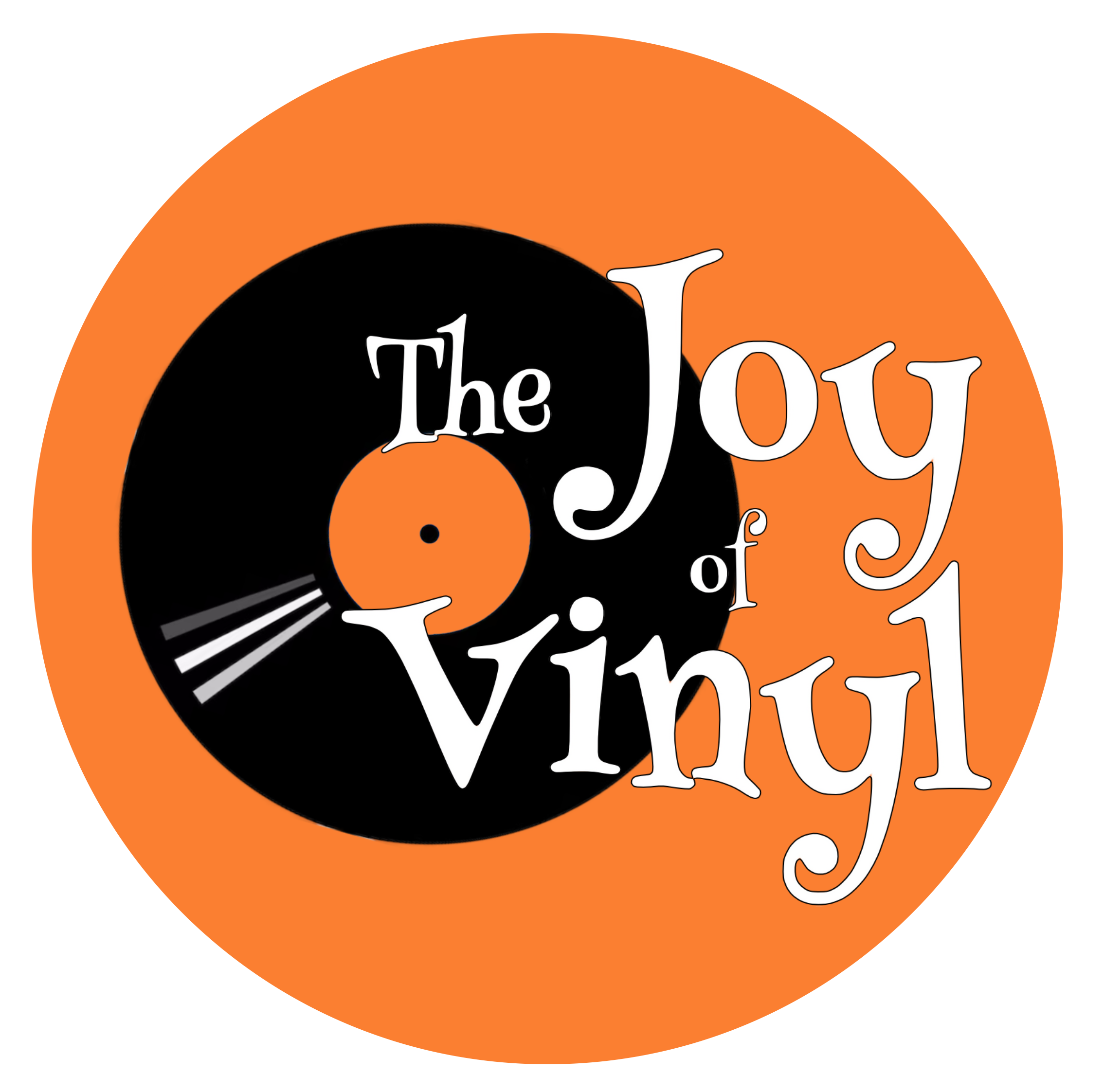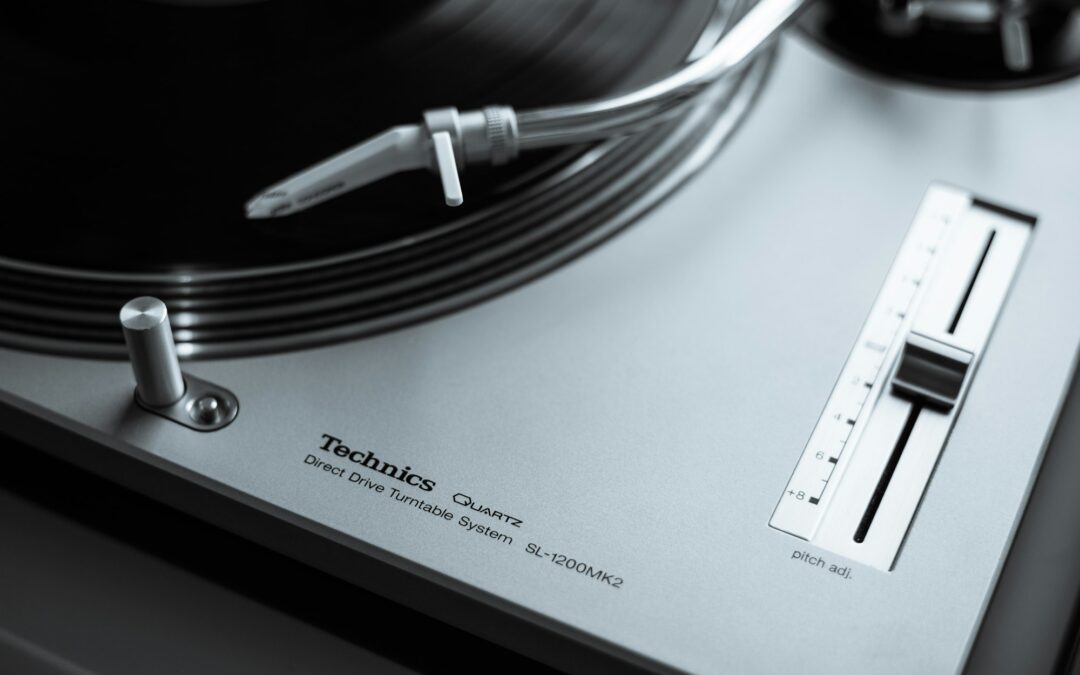In a previous post, I looked at the different types of turntable styli. If you recall, your stylus sits at the end of a cantilever. The other end of the cantilever disappears into a little magic box called the cartridge. It’s where something is created that didn’t exist until the stylus began its joyful journey through the grooves. That “something” is a spark. How that spark is created marks the difference between the two types of cartridges. One is called the Moving Magnet cartridge, or MM, and the other is the Moving Coil cartridge or MC. It’s all in their names; once you know the difference, you’ll always know it.
The Spark of Creation
The universe was created fourteen billion years ago at the moment known as the Big Bang. Where before there was nothing, now there is everything. How can something be created from nothing? It’s mind-boggling. Something just as amazing happens inside the little cartridge at the end of your turntable’s tonearm. Before the needle drops, all is quiet inside the cartridge. There’s just the end of the cantilever, some coils, and a couple of magnets. But the otherwise quiet little cartridge becomes an electromagnetic generator when that needle vibrates. Think of it like a transducer. It converts one form of energy, the vibrations from the stylus, into another form of energy, a small volt of electricity. This volt is carried back along the tonearm’s wires to be converted once again into something else… sound.
Pretty cool, huh? I said there are two types of cartridges, remember? The MM and the MC. How they generate that small signal involves the same electromagnet law of physics known as Faraday’s Law. It’s a fun little rabbit hole to dive into if you’re curious about physics.
The Moving Magnet Cartridge (MM)
If you were to peek into the casing of your turntable’s MM cartridge, you would see some form of the same setup. Two little magnets at the end of your cantilever. Each for a separate channel. Positioned near the magnets, you’ll see fixed electrical coils. When the stylus moves along the groove of the record, it vibrates. Those vibrations are sent back, which causes the magnets to vibrate. The coils pick up those vibrations, creating a high output level signal. The coils are stationary in the MM cartridge. Only the magnets move—thus the name – Moving Magnet cartridge.
The Moving Coil Cartridge (MC)
Now that you know how the Moving Magnet cartridge got its name, how do you think the Moving Coil cartridge got its name? If you immediately said the coils move, you’re right. Everything is reversed inside of the MC cartridge. Here, the coils are located at the end of the cantilever, and the magnets are stationary. The coils vibrate with the movement of the stylus, and a signal is produced. The only difference is that the signal produced in this setup is a low-level output signal because the coils are smaller. The signal requires more amplification, usually as a secondary preamp, than the high-level output signal produced by the Moving Magnet cartridge style.
Moving Coil cartridges are more specialized and require a higher level of engineering, making them more expensive than their moving magnet counterparts.
One thing the Moving Coil cartridge has going for it is the fact that the cantilever has less pressure on it to do its job. Think of it like a tiny seesaw. At one end is the diamond tip of the stylus; at the other is either a set of magnets or a set of coils. Which do you think would allow the stylus to react better to the surface area of the grooves? The coils win here.
I hope this helped to evaporate the mystery surrounding the terms MM or MC the next time you’re shopping for a preamp or turntable. The world of vinyl records has its own language. You’re on your way to becoming fluent in it.
– READ NEXT –
Subscribe to The Joy of Vinyl Newsletter




